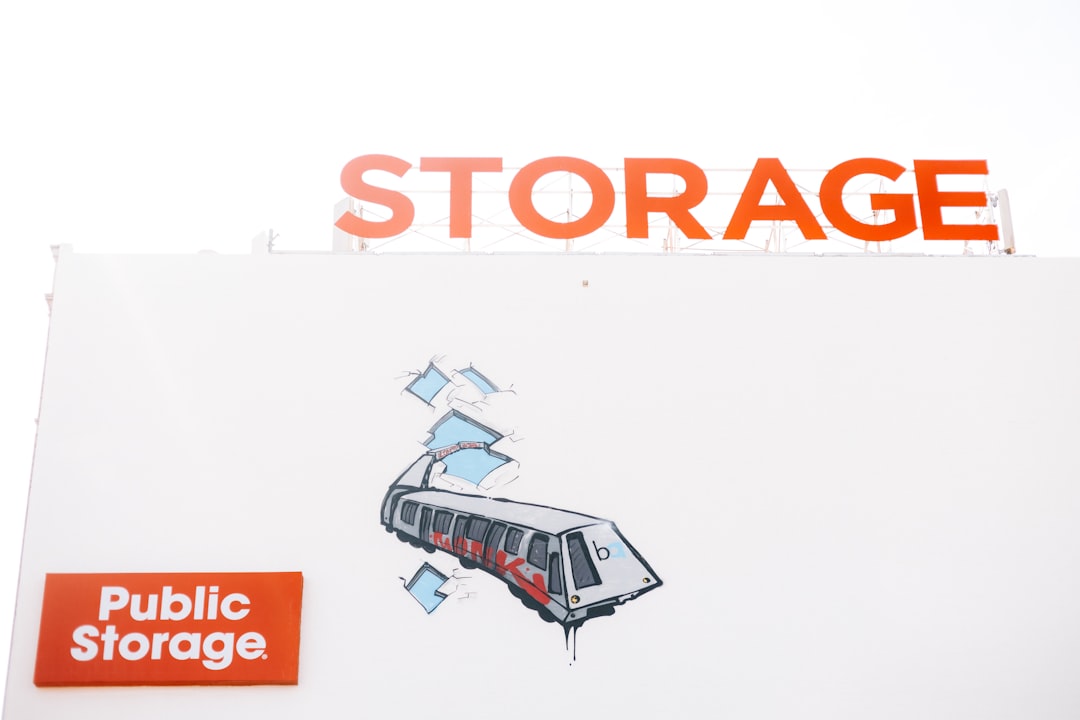Managing file uploads is a core functionality of many modern applications — whether it’s user profile photos, product images, or system-generated reports, storing large volumes of data securely, reliably, and at scale is essential. This is where object storage comes into play, and developers today have multiple cloud providers to choose from. Among the most prominent are Amazon S3 (Simple Storage Service), Cloudflare R2, and Google Cloud Storage (GCS). Each provider has distinct advantages and trade-offs, and selecting the right one depends on several performance, reliability, and cost-related factors.
What is Object Storage?
Object storage is a method of storing data in units called “objects,” which include the data itself, metadata, and a unique identifier. Unlike hierarchical file storage systems, object storage systems are optimized for scalability and accessibility. This makes them ideal for hosting large volumes of unstructured data such as images, videos, backups, and even static websites.
Developers commonly rely on object storage for handling user-uploaded files in web and mobile applications, as the approach provides high durability, redundancy, and access patterns aligned with modern internet architectures.

Amazon S3: The Industry Standard
Amazon S3 is widely considered the gold standard in object storage. It offers excellent reliability with an SLA that promises 99.999999999% (11 9’s) of data durability. With a massive range of storage tiers, lifecycle policies, and comprehensive SDK support, S3 is deeply embedded in the cloud ecosystems for startups and enterprise companies alike.
- Pros:
- Proven reliability and global infrastructure
- Extensive integrations with AWS ecosystem
- Granular security controls with IAM
- Smart lifecycle and archiving options
- Cons:
- Data egress fees can be expensive
- Complex pricing model for storage and API calls
- Charged per request in addition to storage
S3 is best-suited for applications already within the AWS ecosystem or organizations that prioritize performance at scale and can absorb the additional costs.
Cloudflare R2: Cost-Effective Alternative
Cloudflare R2 emerged as a game-changer in the object storage space by offering zero egress fees. Targeting developers frustrated with AWS’s high bandwidth costs, R2 delivers compatibility with S3’s API while slashing egress-related expenses. This makes it especially attractive for hosting static assets, backups, and applications where outgoing traffic is significant.
- Pros:
- No egress charges, making it economical
- Compatible with S3 API for easy migration
- Tight integration with Cloudflare Workers and global CDN
- Cons:
- Still a newer product, evolving feature set
- No multi-tier storage class options (yet)
- Limited availability in certain regions
If your application heavily serves content to users or needs edge delivery with minimal operational costs, Cloudflare R2 is a promising alternative that’s gaining traction quickly among developers trying to build cost-efficient apps.

Google Cloud Storage: Reliable and Scalable
Google Cloud Storage (GCS) is another powerful object storage solution known for its speed and seamless integration with Google Cloud Platform (GCP). It offers a simplified yet flexible pricing system with storage classes that automatically transition data based on usage patterns. GCS is engineered for organizations needing high performance for big data analytics, ML pipelines, or workloads tasked with heavy read/write traffic.
- Pros:
- Fast performance especially for analytics and ML
- Automatic data classification and lifecycle management
- Highly consistent performance and throughput
- Strong global network infrastructure
- Cons:
- Still has egress charges, albeit competitive
- Smaller developer community compared to AWS
- More GCP-centric — less synergy outside of Google Cloud
GCS makes sense for startups and enterprises already committed to the Google ecosystem, especially when handling data-intensive operations. The flexible class options also allow optimization between frequent-access and archival storage usage.
Performance and Latency Considerations
Each platform offers globally distributed infrastructure, but latency and throughput performance can vary depending on user location, provider edge locations, and CDN integration. For example, Cloudflare R2’s seamless pairing with its own CDN network often delivers excellent edge performance for public data such as images and scripts.
Meanwhile, S3 offers higher sustained read/write speeds, especially when deployed alongside other AWS services. GCS, known for low-latency access, is often used in high-performance computing environments.
Cost Comparison
Cost is inevitably a major factor in choosing an object storage provider. Here’s an overview:
- S3: Charging for storage, API requests, and data egress can add up quickly.
- R2: Offers transparent pricing with no egress charges, especially attractive for apps with high outbound traffic.
- GCS: Offers competitive storage pricing, with a smart tiering system. Egress costs apply but are generally lower than AWS.
For applications expecting large volumes of users downloading media assets or data blobs, avoiding egress fees can provide massive cost savings. In this case, R2 significantly lowers risks of budget overruns.
API and Developer Experience
All three platforms offer SDKs and APIs in major programming languages, but AWS S3 remains the most mature. That said, R2 and GCS both support interoperable APIs — for example, R2 can accept S3 API requests, making migration or dual-deployment scenarios feasible.

Dev tools, documentation, and support communities matter when launching and scaling an application. AWS has the biggest community, but Cloudflare and Google are investing heavily in developer experience, making onboarding easier with guided documentation and samples.
Conclusion
Choosing between Amazon S3, Cloudflare R2, and Google Cloud Storage depends on your app’s priorities: scalability, cost, region, and developer tooling. Each platform offers something unique. Here’s a quick summary to help decision-making:
- Choose S3 for robustness, high reliability, and deep integration with the AWS ecosystem.
- Choose R2 for zero egress charges and excellent cost efficiency with high delivery needs.
- Choose GCS for strong performance in data-rich workloads and applications on Google Cloud.
Frequently Asked Questions (FAQ)
- Q: Is S3 still the best choice for startups?
- A: It depends. While S3 offers reliability, its cost can be prohibitive without AWS credits or cost optimization strategies. Startups with high egress needs may find R2 more affordable.
- Q: Can I migrate from S3 to R2 easily?
- A: Yes. Cloudflare R2 is S3-compatible and offers tools to aid in migration with minimal application changes.
- Q: Which provider is fastest for file uploads and downloads?
- A: S3 and GCS both offer fast and consistent performance. However, Cloudflare’s edge integration may lead to better speeds for globally-distributed users.
- Q: Are there any free tiers for object storage?
- A: All three providers offer some version of a free tier. AWS and Google provide limited free usage as part of their cloud starter programs. R2 offers usage credits and a generous free tier, including no egress fees.
- Q: Can I use multiple storage providers in one app?
- A: Absolutely. With abstraction layers or third-party libraries, you can design your infrastructure to use multiple storage services based on data type or usage patterns.



